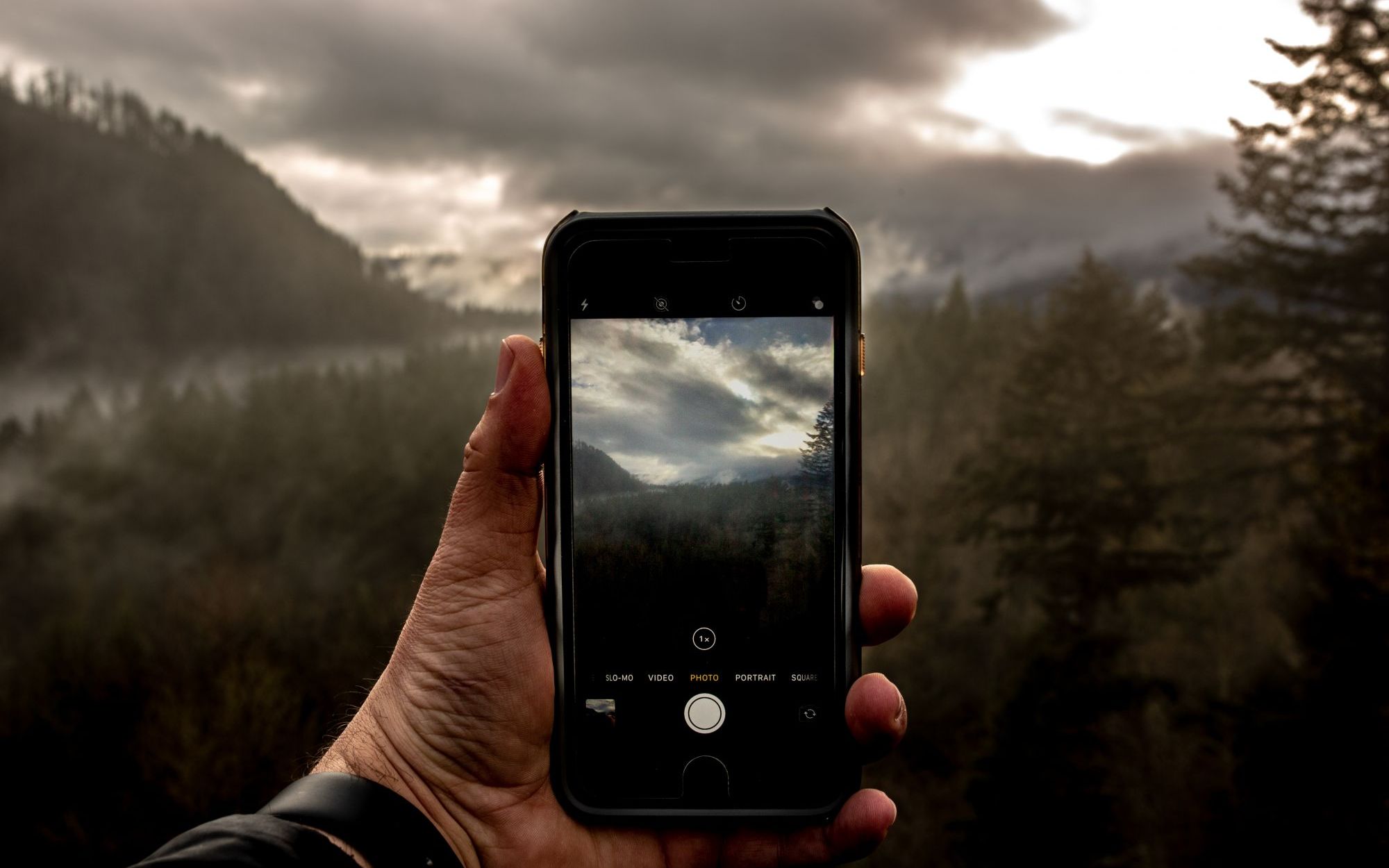The demand for mobile photography is growing, which is great news for all of us who are passionate about photography but haven’t gotten around to investing in equipment yet. The advantages of mobile photography within the stock market can be seen mainly in the editorial side of the market.
Editorial photography is photography used for journalistic purposes, normally to support text; opposed to commercial photography which is taken to represent an idea and sell a product. Find more about the differences between editorial and commercial photography here.
The reason why mobile devices play an important role in editorial photography is due to their portability. The fact is, mostly everyone has their phones with them at all times, therefore it is more likely to encounter and capture unexpected wonders with your mobile device in your pocket than with your heavy equipment. This article will hopefully inform you about how to use the camera on your phone in the best way possible for all those moments that you are in the right place at the right time with only your mobile device on you. All it takes is a little awareness of your mobile device’s camera settings and other basic strategies, and you can actually sell these photos and make some extra cash every month in possibly the easiest way ever.
Photo courtesy of Rat Andrei
Tips and Tricks
To get started, here are the top five tips we recommend using when taking photos with your phone. Note that your photos must be at least 4 megapixels in size and it is recommended to shoot in landscape orientation over portrait orientation.
1. Shoot in a well-lit environment. And preferably with natural light. Cell phone cameras are not equipped with the best technology to handle all lighting. It is best if you avoid taking photos with your mobile device in dimly lit, or dark environments and to not use flash to avoid noise in your images.
Photo courtesy of Dmitry Gladkikh
2. Don’t use Zoom. It’s better if you manually get closer to the subject you’re shooting rather than use the zoom on your phone camera. This will keep your images in focus and at a higher quality.
3. Adjust the settings. There are a few ways you can take control of the quality of your phone images. First: buy a phone equipped with the highest amount of megapixels possible. The next tip is to use the manual settings, no more “Auto-mode”. Enable the gridlines which you can find in the camera settings of your phone. These gridlines will allow you to use the “rule-of-thirds” and set up your shot to be pleasing compositionally. For less noise, set up your ISO to the lowest setting your camera allows. For a more thorough explanation of your camera’s manual settings and how to use them, visit this blog post.
Photo courtesy of Patrick Tomasso
4. Edit. First and foremost, save your photos in the RAW format rather than JPEG. This maintains all the information of your photo and allows you more freedom with editing later on. Next, we recommend downloading editing apps, but stay on the subtle side when it comes to editing. The apps we recommend downloading are:
- Adobe Lightroom
- Snapseed
- VSCO
- Photoshop Express
Photo courtesy of Jye B
5. Make sure your lens is clean.
With your phone in your pocket or in your purse all day, we can assume your lens is not in its cleanest condition. Carry a microfiber cloth with you, and make sure to clean your lens before you shoot! This will keep your images sharp and clean and capable of being sold without any unnecessary blur and fog.
Photo courtesy of James Pond
With the rise in quality and quantity of mobile cameras, more people can sell photos taken with their phone. We recommend using these tips and wherever you are, you will not miss a shot.


